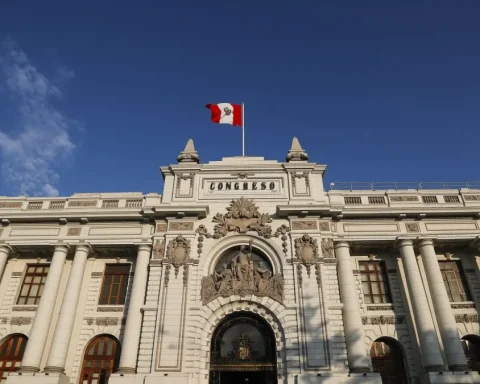Panama is facing an alarming environmental crisis, having lost 352,873 hectares of forests and other wooded lands in just two years, according to the Ministry of Environment’s “Diagnosis of Forests and Other Wooded Lands 2023.”
This report, released today, highlights the urgency of protecting the country’s forest resources, given that forest loss is advancing nationwide and with greater intensity in the provinces of Veraguas, Darién and Coclé, putting biodiversity, watersheds, rivers, water and the ecological sustainability of the nation at risk.
The diagnosis, based on satellite images and geospatial analysis, reveals a worrying decrease in forest cover, especially in critical areas where conservation and restoration efforts should be concentrated. Deforestation, climate change and urban expansion have significantly affected forests, particularly in Veraguas (37.6% forest loss), Darién (15.9%) and Coclé (18%).
Although 67.15% of Panamanian territory is still covered by forests and stubble, the loss of 352,873 hectares in this period represents a 4% reduction at the national level. This significant decline in some regions threatens biodiversity and ecological sustainability, exacerbating the negative effects on the environment.
In Panama, until 2023, there were approximately 325,666.78 hectares of stubble, while there were 4,737,067 hectares of forests.
According to resolution No. DM-0148 of July 21, 2022, stubble is the secondary vegetation of tree, shrub and herbaceous species that appears naturally after agricultural use. It has an average height of less than 5
meters.
The assessment classifies the territory into three categories: Forests, Other Wooded Land, and Other Inland Land and Water Surfaces, using advanced methodologies to ensure data accuracy. This classification is essential to ensure that public policies and regulations are based on up-to-date information, facilitating international collaboration in forest conservation.
Finally, the report highlights the importance of protecting stubble fields, regenerating areas with the potential to become secondary forests. Panama’s Forestry Law does not provide adequate protection for stubble fields, underlining their value in the fight against deforestation and in the country’s ecological restoration.
The presentation of this diagnosis represents a significant advance in efforts to conserve Panama’s forests, providing key data for the formulation of environmental policies and effective actions.
The Environmental Information Directorate will continue to monitor and provide information on the state of forests, strengthening the country’s capacity to face these challenges.









